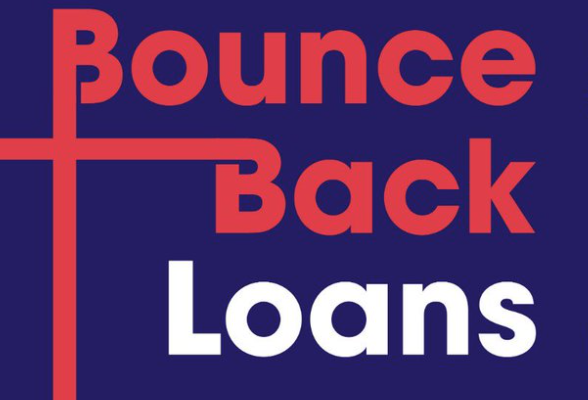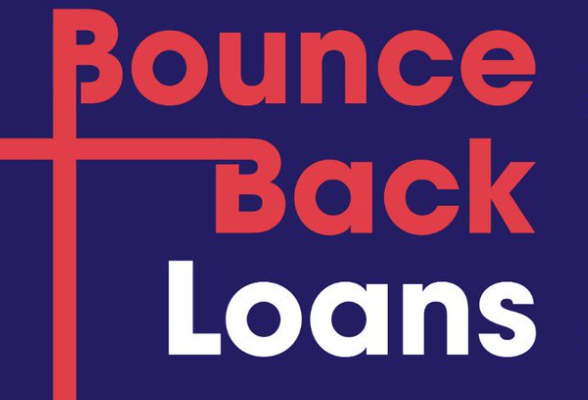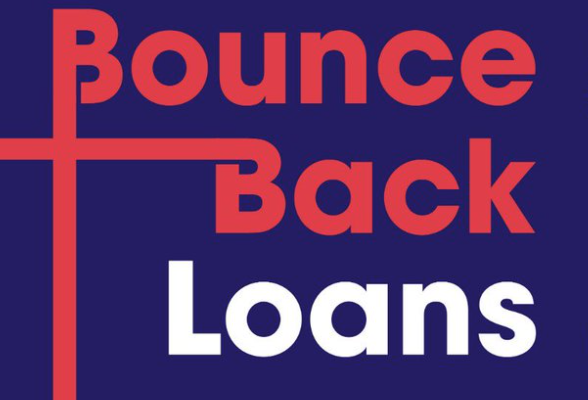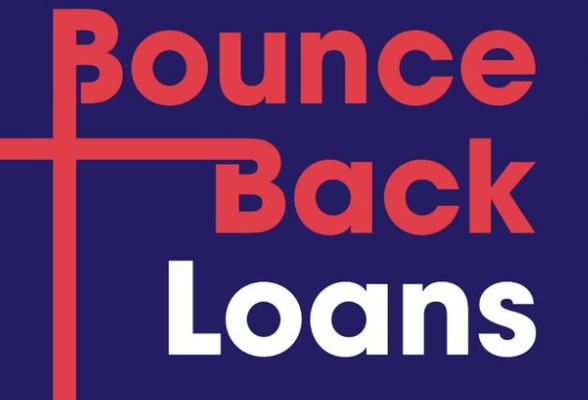
Can a Company Write off a Bounce Back Loan?
If your business is facing financial difficulties, you might wonder if you can write off your Bounce-Back Loan (BBL).
It’s important to understand that, while a BBL cannot typically be written off while your company continues to operate, there are circumstances where it may be possible.
If your company is experiencing severe financial distress and is facing liquidation, the BBL can be written off as part of the insolvency process.
Directors should approach this decision with caution, however. Liquidation should only be considered as a last resort and requires expert advice from a qualified insolvency practitioner.
The experienced team here at Company Debt is here to help with practical advice, a free consultation, and a clear plan of action.
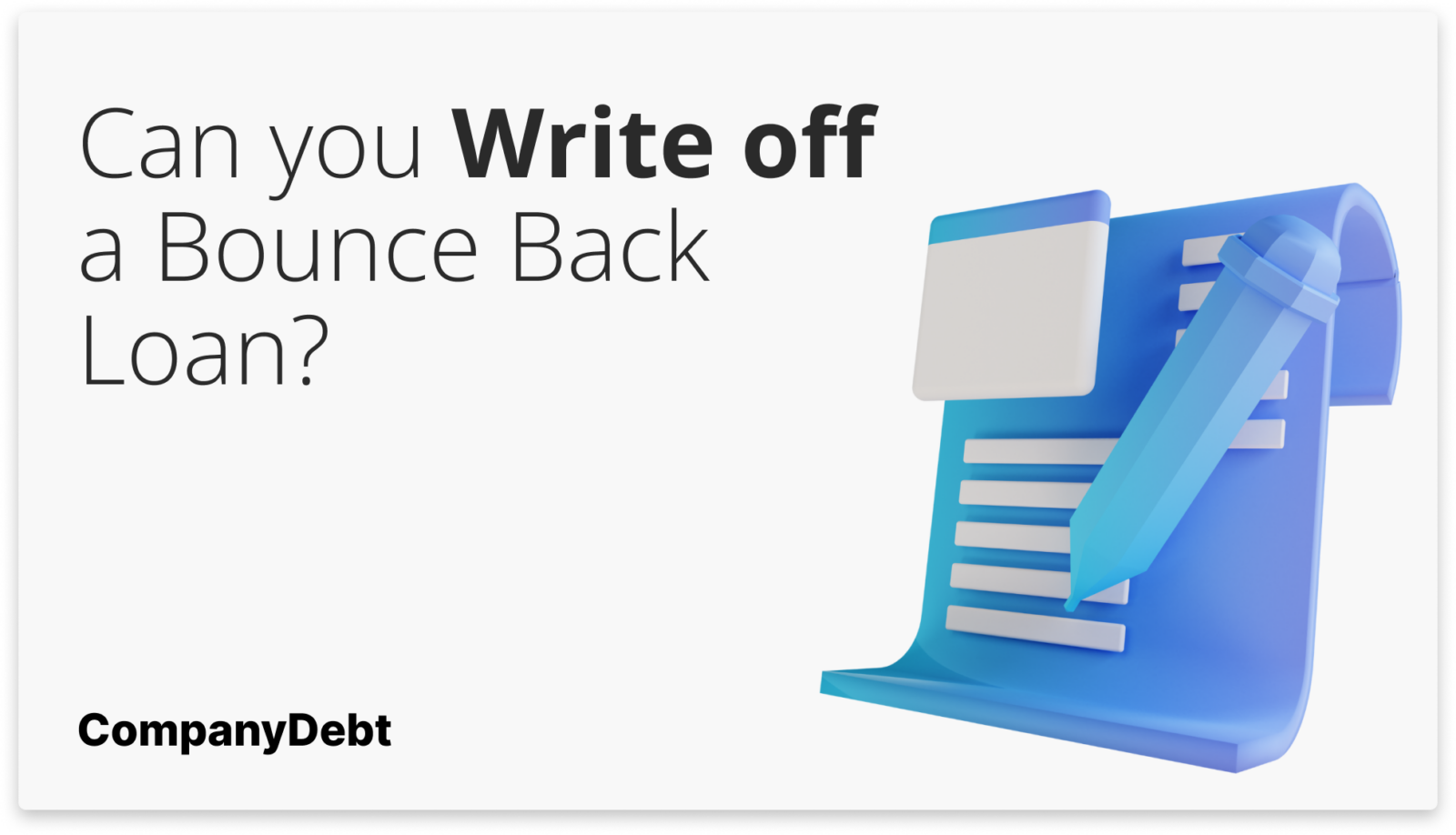
Will Bounce Back Loans be Written Off by the Government?
In short, no. The UK government has not introduced a blanket write-off policy for Bounce Back Loans and has no plans to do so.
In 2021, a legal campaign called “Back British Business” was launched, arguing that the loans were unenforceable due to repeated lockdowns and shifting government guidance. Despite these efforts, no legal changes have been made, and the campaign did not lead to a policy shift. BBLs remain repayable under the existing terms.
What are the Options if a Company is Struggling to Repay its BBL?
If you’re struggling to repay your Bounce Back Loan (BBL), don’t panic. Several options are available, depending on your business structure:
Options For Sole Traders:
Negotiate with your Lender
Speak with your lender about:
- Extending your BBL term
- Reducing payments temporarily
- Pay As You Grow scheme options
Before the call, I recommend you prepare a clear summary of your finances and a proposed repayment plan. This shows you’re proactive and responsible, which may help your case.
Remember, lenders often prefer to work with you rather than risk non-payment. By approaching them early, you’re more likely to find a mutually beneficial solution.
Individual Voluntary Arrangement (IVA)
An IVA is a formal, legally binding agreement between you and your creditors, including your BBL lender. It allows you to repay a portion of your debt over time, with the possibility of writing off the remaining debt at the end of the agreement. Here’s how it works:
- You will need to work with a licensed insolvency practitioner (IP) who will assess your financial situation. The IP will help draft a proposal to your creditors outlining a repayment plan based on what you can afford.
- Your Bounce Back Loan can be included in the IVA as unsecured debt, meaning it will be part of the total debt that’s restructured. You agree to make affordable monthly payments over a fixed period, usually five years.
- Once the IVA is complete, any remaining unsecured debt, including part of the BBL, may be written off. This means you will not have to pay back the full amount originally owed.
- Key Considerations: Setting up an IVA will impact your credit rating and may limit future borrowing options. It’s essential to seek professional advice from an insolvency practitioner to understand the full implications.
Bankruptcy
Bankruptcy is a legal process that can lead to the complete write-off of your Bounce Back Loan, but it should only be considered as a last resort due to its serious implications. Here’s what you need to know:
- How Bankruptcy Works: If you decide to go down the bankruptcy route, you must file a petition with the court. Once your application is accepted, a bankruptcy trustee is appointed to manage your affairs. This trustee will assess your assets, which may include both personal and business possessions, and sell them to pay off as much of your debt as possible.
- Writing Off the BBL: Once bankruptcy is declared, your unsecured debts, including your Bounce Back Loan, can be written off.
- Consequences of Bankruptcy: While bankruptcy can provide a fresh start by clearing your debts, it comes with significant downsides. Your credit rating will be severely affected, which will make obtaining future loans or credit difficult. You will also face restrictions on running a business, as well as possible employment restrictions in certain sectors. The bankruptcy record is usually public and stays on your credit file for six years.
Options For Limited Companies:
Negotiate with the Lender
1. Negotiate with the Lender:
For companies struggling with Bounce Back Loan (BBL) repayments, it’s important to understand that banks are unlikely to offer terms beyond those provided by the Pay As You Grow (PAYG) scheme. However, there are still options within the PAYG framework that can help:
- Extending the repayment period from six to ten years can significantly lower your monthly payments.
- A short-term break from repayments (up to six months) can offer breathing room.
- Opting for interest-only payments for six months reduces monthly costs without increasing the loan’s principal amount.
Company Voluntary Arrangement (CVA)
A Company Voluntary Arrangement (CVA) is a formal agreement between a business and its creditors to repay debts over a fixed period while continuing operations.
Consult a licensed Insolvency Practitioner to assess if a CVA is suitable. They’ll help draft a formal proposal to creditors, outlining how the company will repay debts over time.
If 75% of creditors (by debt value) agree, the CVA becomes legally binding. The company continues trading while making agreed payments, typically for 3-5 years.
Write off the BBL via Liquidation
Liquidation is typically the last resort when a company is no longer able to continue trading. Here’s how the process works:
- Engage a licensed insolvency practitioner to act as the liquidator. Their role will be to officially wind up the company’s affairs, which includes selling off any assets to repay creditors, including the Bounce Back Loan.
- During the liquidation process, the BBL can be written off as part of the company’s debts. The lender will claim the loan repayment under the government guarantee, relieving the company of this obligation.
- Directors should be aware that if the company continued trading while insolvent, there could be an investigation for wrongful trading. If found responsible, directors might face personal liability for some or all of the company’s debts.
Liquidation allows for the formal closure of a business and the writing off of unsecured debts like the BBL, but it carries significant consequences and should only be considered when all other options have been exhausted.
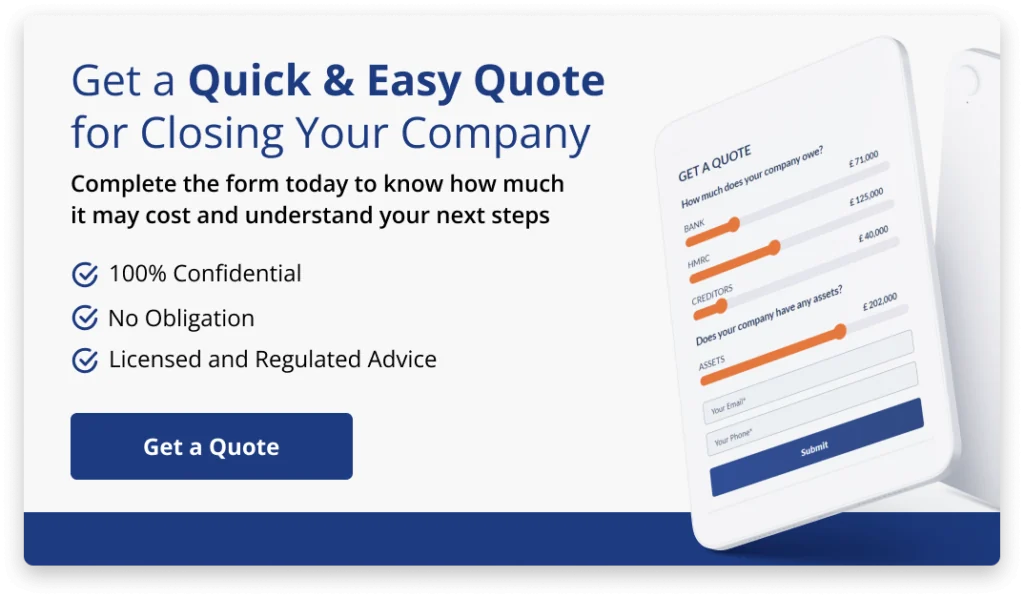
Alternatives to Writing off a Bounce Back Loan
If you’re struggling to repay your Bounce Back Loan (BBL), consider these alternatives before opting for a write-off:
- Extend the Loan Term:
Talk to your lender about extending the repayment period, which can reduce monthly payments and make them more manageable. - Negotiate Debt Repayment:
If you’re a sole trader or self-employed, consider using debt management services to negotiate better repayment terms on your behalf. - Explore Refinancing Options:
Look into refinancing your BBL or consolidating other business debts to improve cash flow and ease repayment pressures. - Cut Business Costs:
Identify areas where you can reduce expenses to free up cash for BBL repayments, helping to stabilize your financial situation. - Seek Professional Advice:
Consult a financial advisor or licensed insolvency practitioner such as ourselves to explore your options and get guidance on managing your debts effectively.
Key Points to Remember About Writing Off Bounce Back Loans
| Key Points | Explanation |
|---|---|
| BBLs Can Be Written Off in Liquidation | Loans are written off only if your business becomes insolvent and goes through liquidation. The government guarantee covers the remaining balance. |
| Sole Traders Face Personal Liability | Sole traders might still be liable for unpaid debts, potentially leading to bankruptcy. |
| Directors May Face Future Restrictions | Directors of liquidated companies can face future restrictions, such as being disqualified from managing other companies if it’s discovered they behaved inappropriately. |
| Act Early to Avoid Severe Consequences | Seek professional advice early if struggling with BBL repayments to explore options and avoid severe financial consequences. |
Bounce Back Loan Write Off FAQs
Can a Bounce Back Loan be written off if my company is still trading?
No, a Bounce Back Loan cannot be written off while your company is trading. The loan is intended to be repaid in full according to the agreed terms. Only through formal insolvency proceedings such as liquidation can the loan potentially be written off, and this would typically mean the end of trading for your company.
Will a Bounce Back Loan be written off if I cannot make repayments due to financial hardship?
Not immediately. If you’re facing financial hardship, you should first seek to make arrangements with your lender, such as utilising the PAYG options. If your financial situation doesn’t improve, insolvency proceedings might be the next step, where a loan could be written off, but this is a last resort.
Can a Bounce Back Loan be written off as a bad debt on my company’s accounts?
A Bounce Back Loan can only be written off as a bad debt in your company’s accounts if your company is going through insolvency proceedings. In active trading, it is considered a liability that the company is expected to repay.
Is there a legal way to write off a Bounce Back Loan without insolvency?
Legally, there is no provision to write off a Bounce Back Loan without going through some form of insolvency process, whether it’s a company liquidation or an IVA for sole traders.






